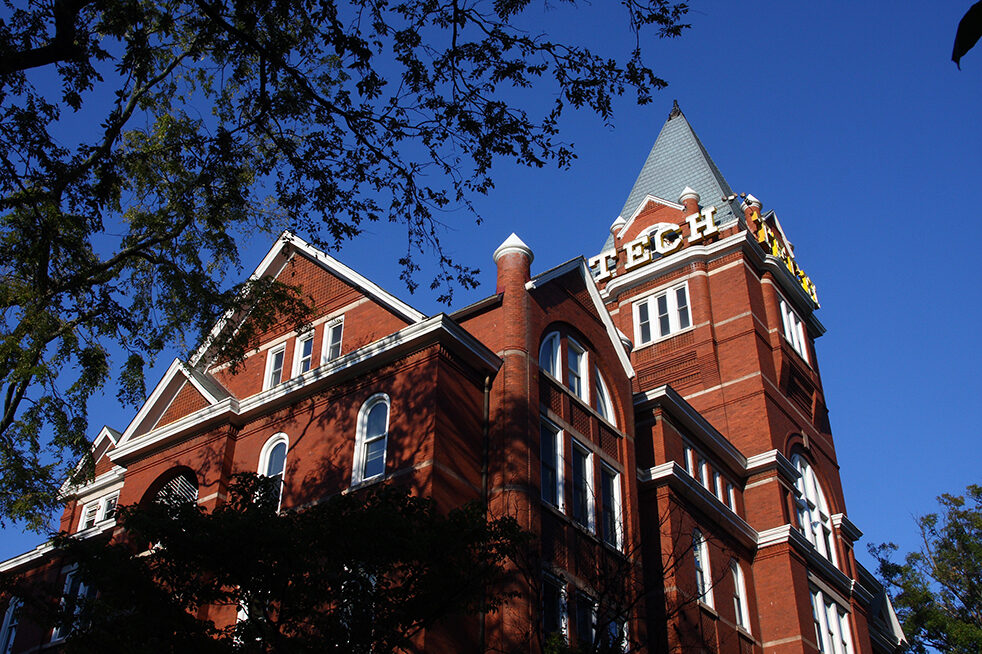COVID-19 dealt a serious blow to social interaction for many. Though loneliness had risen previously — arguably from social media offshoring of social interaction online — 2020 expedited these grim trends. Among the means theorized to reverse this trend, there remains an unexpected activity that can potentially aid in restoring social capital: running.
Running as a form of social cohesion is admittedly counterintuitive. Typically, running is a uniquely solo sport, with a runner detached from the rest of the world with music or a podcast passing everyone in their way (and perhaps disrupting traffic). However, running need not be alone, and indeed often is not; local races serve as a prime example of social running, offering an outdoor venue for a friendly jog as well as competition for those seeking a challenge. These 5-kilometer races have increased more than eightfold in participation since the year 2000. Further, running clubs have exploded as a hub of social connection — particularly among young people — demonstrating the sport’s ability to draw together.
Those two trends illustrate the viability of running as a catalyst for cohesion, especially in the digital age where loneliness seems all too hard to avoid. Of course, running alone will not revitalize the decrepit institutions that constituted “American-ness,” but its rapid increase in popularity shows the potential for renewed civic interest. It provides a blueprint on how other American social staples can create the renewed interest necessary to combat the increased isolation of Generation Z.
This running boom is not unprecedented; the nation experienced a similar uptick in running 50 years ago, with nearly identical increases in social running and local races. However, that boom occurred in a nation only beginning to witness the slide in social interaction, unmarked by digital isolation. Arguably, the running boom half a century ago came most prominently as a result of increased awareness of fitness, whereas the one in effect comes from a desire for connection in a post-pandemic world.
Running as the emergent form of social engagement is bizarre, and not merely for its solo nature. It is a tough sport, with a steep curve of improvement and many potential risks for injury. There are seemingly other (perhaps better) ways to initiate that renewal. However, given the circumstances which disincentivize social connection specifically in the younger generation, the surge in running popularity makes sense.
A major reason for running’s popularity is its low cost. Inflation’s toll on American consumers rose significantly since the COVID-19 pandemic, and while the rate has declined, the cost of items nevertheless has not. Whereas other sports often require expensive equipment, running at its most simple only requires appropriate shoes and attire — the equipment is one’s legs.
Running’s other dominant strength is in its accessibility. Despite the United States’ inadequate infrastructure for foot traffic, running is mostly legal on American streets. Road running is thus a viable option for the sport, even when there are no sidewalks available, making it accessible to anyone with access to a road. As long as the weather does not preclude it, the sport can be practiced virtually anywhere. With Generation Z’s concern with walkable infrastructure (and a ubiquitous concern for price levels), running avoids both of these issues that other sports cannot.
As running clubs and races continue to increase in popularity, whether for fitness or connectivity, those organizations echo the once-revered sociality akin to previous generations. The sport uniquely avoids many hindrances to other forms of connection, while avoiding aspects of other sports that make it difficult to socialize (running can be done conversationally). The shared adversity of running buttresses its ability to facilitate true connection, as well as providing numerous health benefits for individual participants. If there was a sport that could aid in alleviating the loneliness epidemic plaguing the nation, running would be that sport.
